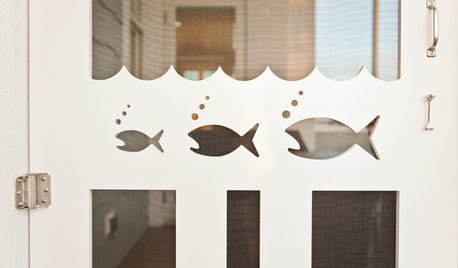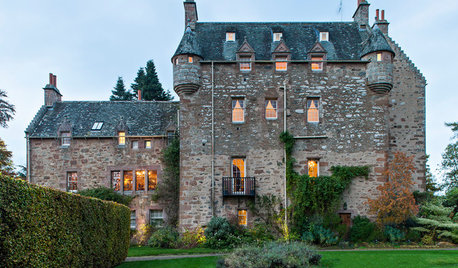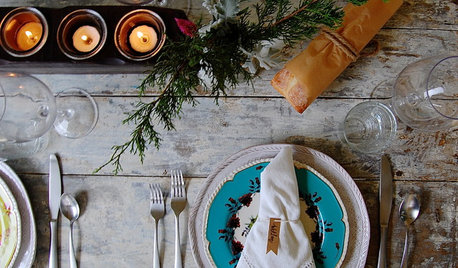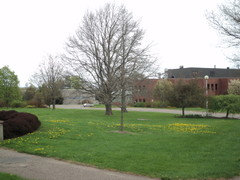buying acorns
hairmetal4ever
10 years ago
Featured Answer
Comments (36)
arktrees
10 years agohairmetal4ever
10 years agoRelated Professionals
Wrentham Landscape Architects & Landscape Designers · Ilchester Landscape Architects & Landscape Designers · Kyle Landscape Architects & Landscape Designers · Billerica Landscape Contractors · Peabody Landscape Contractors · Cockeysville Landscape Contractors · Damascus Landscape Contractors · Silver Spring Siding & Exteriors · Southampton Siding & Exteriors · Wilmington Siding & Exteriors · Chandler Decks, Patios & Outdoor Enclosures · Cincinnati Decks, Patios & Outdoor Enclosures · Lake Arrowhead Decks, Patios & Outdoor Enclosures · Mastic Decks, Patios & Outdoor Enclosures · Shirley Decks, Patios & Outdoor Enclosureslucky_p
10 years agohairmetal4ever
10 years agohairmetal4ever
10 years agohairmetal4ever
10 years agobrandon7 TN_zone7
10 years agohairmetal4ever
10 years agopoaky1
10 years agoalabamatreehugger 8b SW Alabama
10 years agoHuggorm
10 years agohairmetal4ever
10 years agobrandon7 TN_zone7
10 years agogardener365
10 years agohairmetal4ever
10 years agobrandon7 TN_zone7
10 years agoHuggorm
10 years agohairmetal4ever
10 years agoHuggorm
10 years agobrandon7 TN_zone7
10 years agohairmetal4ever
10 years agohairmetal4ever
10 years agoHuggorm
10 years agojocelynpei
10 years agohairmetal4ever
10 years agogardener365
10 years agoHuggorm
10 years agojocelynpei
10 years agoLucas Machias
8 years agohairmetal4ever
8 years agopoaky1
8 years agoLucas Machias
8 years agolast modified: 8 years agoHuggorm
8 years agopoaky1
8 years agorick_seed
8 years ago
Related Stories

FEEL-GOOD HOMESimple Pleasures: 10 Ideas for a Buy-Less Month
Save money without feeling pinched by taking advantage of free resources and your own ingenuity
Full Story
DECORATING GUIDES10 Accessories Worth Buying for Fall and Beyond
Look to these versatile go-to pieces to keep your home feeling timely minus the full-blown seasonal makeover
Full Story
TRIMShutter Cutouts: A Window to One's Soul?
To settle on the perfect shape for this simple detail, follow your heart — or diamond, or maple leaf
Full Story
SELLING YOUR HOUSE6 Tips for Staging Historic Homes
Putting a period home on the market requires a unique level of attention to detail. Here's how to preserve its historic appeal
Full Story
TRADITIONAL ARCHITECTUREHouzz Tour: New Warmth for a 17th-Century Scottish Castle
A tasteful restoration project introduces modern comforts into a formerly chilly castle without compromising its character
Full Story
HOUZZ TOURSHouzz Tour: Quirky Vintage Home in Phoenix
A redbrick facade, vintage finds and a warm and earthy color palette create a relaxed home for a family of four in Arizona
Full Story
GARDENING GUIDES10 Top California Native Plants, Trees and Grasses
Enjoy a fuss-free, water-wise garden in the Golden State by growing plants naturally in tune with the climate and wildlife
Full Story
MY HOUZZMy Houzz: Classic East Coast Style in Maryland
Collected vintage finds, clean furnishings and European touches are highlights of a couple's bright and airy 1923 house
Full Story
HOLIDAYSSpend Less Without Being a Grinch: 8 Holiday Ideas
Give meaningful gifts and use nature's decor to work holiday magic without blowing your budget
Full Story
DECORATING GUIDESHow to Create a Cohesive Color Flow Throughout Your Home
Designers share eight techniques for avoiding a choppy feeling in your spaces
Full StorySponsored
Central Ohio's Trusted Home Remodeler Specializing in Kitchens & Baths
More Discussions











hairmetal4everOriginal Author